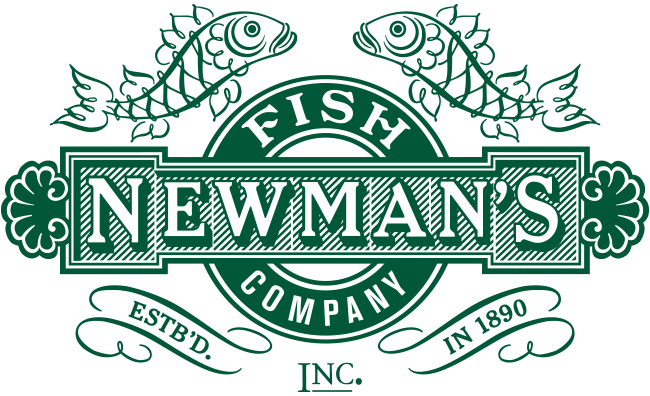6 tablespoons soy or vegetable oil
For Cajun spice blend:
4 tablespoons Spanish paprika
1 1/2 tablespoons salt
1 1/2 tablespoons onion powder
2 tablespoons garlic powder
3 tablespoons cayenne pepper
2 teaspoons white pepper
2 tablespoons black pepper
2 teaspoons dried thyme
2 teaspoons dried oregano
For fish:
4 Alaskan halibut fillets (8 ounces each)
Clean grill with wire brush to get it as smooth as possible. Heat grill, using mesquite charcoal. When heated, wipe grill surface with a towel lightly saturated with soy oil. Repeat this process two or three times
before cooking the fish, always remembering to wipe with oil immediately before placing the fish on the hot grill. (This prevents sticking.)
To make spice mix: Mix all spice mix ingredients in a bowl. You will end up with 2 cups of spice mix but you will need only 1 cup for this recipe. Tightly cover the remaining spice mix and use another time. Put 1 cup spice mix on plate and dredge one side of each fillet. Place halibut fillet on hot, oiled grill, seasoned side down. Place the fish at a diagonal on the cooking grill. This reduces the chance of the fish falling through the grill or falling apart when turning the fish over.
Cook first side of fish 3 to 5 minutes or until fish turns from translucent to opaque/white halfway up thickness of fillet. Use fork and spatula to turn the fish over. Place fork under fish to gently lift it free of grill while you are easing the spatula under the fish. Turn the fish over, then lightly baste with soy oil. Cook until fish turns from translucent to opaque and white. Be careful not to cook the fish beyond the point of doneness; otherwise, it will dry it out and become toughened. Remove from grill and serve immediately. Makes 4 servings.
Per serving: 315 calories, 7g carbohydrate, 50g protein, 10g fat (1g
saturated), 73mg cholesterol, trace of fiber, 1,434mg sodium. Calories
from fat: 28%.
This second recipe is from the Fish Market restaurants.
Print for 3 x 5 recipe
Print for 4 x 6 recipe
